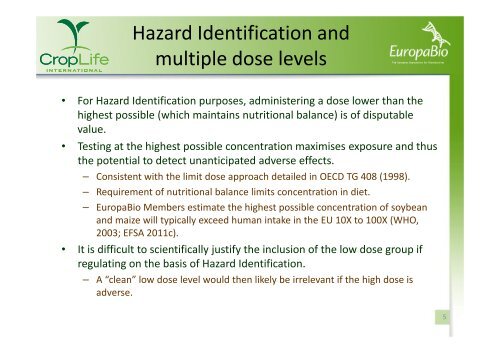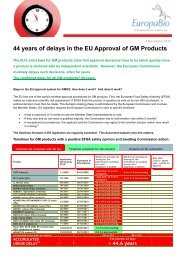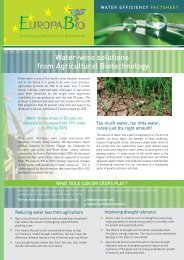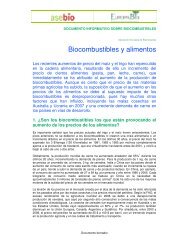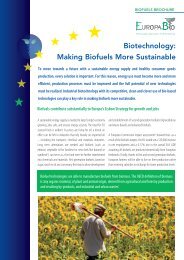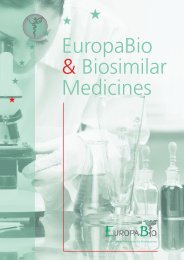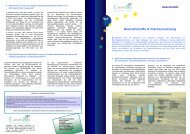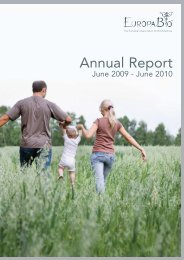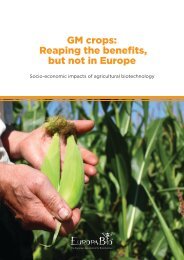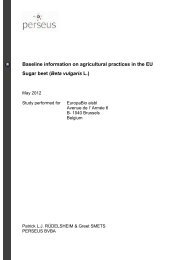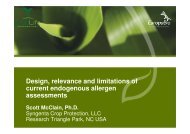Repeated-dose 90-day Oral Toxicity Studies on Whole ... - Europabio
Repeated-dose 90-day Oral Toxicity Studies on Whole ... - Europabio
Repeated-dose 90-day Oral Toxicity Studies on Whole ... - Europabio
You also want an ePaper? Increase the reach of your titles
YUMPU automatically turns print PDFs into web optimized ePapers that Google loves.
Hazard Identificati<strong>on</strong> and<br />
multiple <str<strong>on</strong>g>dose</str<strong>on</strong>g> levels<br />
• For Hazard Identificati<strong>on</strong> purposes, administering a <str<strong>on</strong>g>dose</str<strong>on</strong>g> lower than the<br />
highest possible (which maintains nutriti<strong>on</strong>al balance) is of disputable<br />
value.<br />
• Testing at the highest possible c<strong>on</strong>centrati<strong>on</strong> maximises exposure and thus<br />
the potential to detect unanticipated adverse effects.<br />
– C<strong>on</strong>sistent with the limit <str<strong>on</strong>g>dose</str<strong>on</strong>g> approach detailed in OECD TG 408 (1998).<br />
– Requirement of nutriti<strong>on</strong>al balance limits c<strong>on</strong>centrati<strong>on</strong> in diet.<br />
– EuropaBio Members estimate the highest possible c<strong>on</strong>centrati<strong>on</strong> of soybean<br />
and maize will typically exceed human intake in the EU 10X to 100X (WHO,<br />
2003; EFSA 2011c).<br />
• It is difficult to scientifically justify the inclusi<strong>on</strong> of the low <str<strong>on</strong>g>dose</str<strong>on</strong>g> group if<br />
regulating <strong>on</strong> the basis of Hazard Identificati<strong>on</strong>.<br />
– A “clean” low <str<strong>on</strong>g>dose</str<strong>on</strong>g> level would then likely be irrelevant if the high <str<strong>on</strong>g>dose</str<strong>on</strong>g> is<br />
adverse.<br />
5


